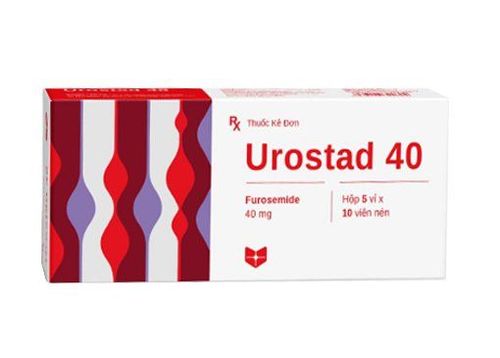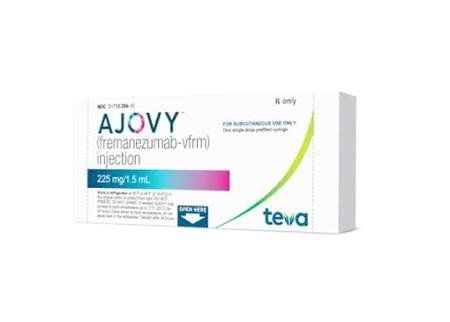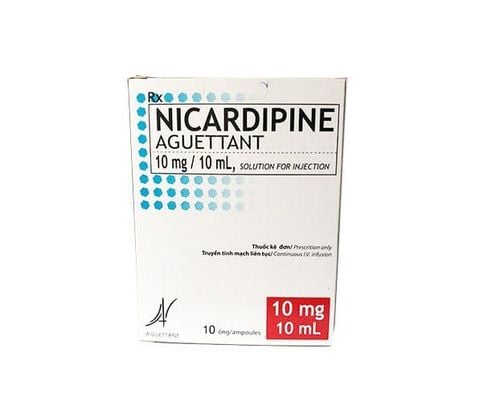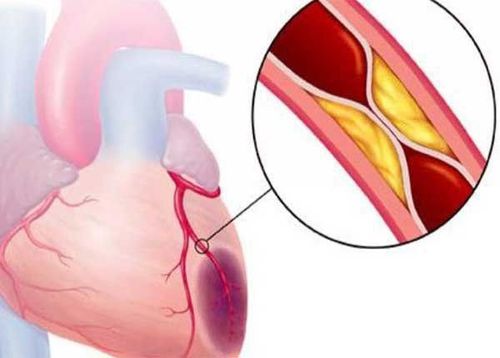This is an automatically translated article.
Acute pulmonary edema is a possible obstetric emergency. Acute obstetric pulmonary edema often occurs in patients with heart disease, high blood pressure, kidney disease, or infections during pregnancy. The rate of acute pulmonary edema accounts for 15% of cardiac-productive events, the mortality rate of acute pulmonary edema is still high (68%).1. What is acute pulmonary edema?
Acute pulmonary edema is a state of sudden flooding of serum from the blood plasma, permeation of pulmonary capillaries into the alveoli and into the bronchial system. In other words, pulmonary edema is the accumulation of fluid in the interstitium and alveoli. In acute pulmonary edema, foam appears due to the combination of the serosal fluid and the circulating air flow, the volume of fluid released is greatly increased. This condition prevents the diffusion of gases, reduces blood oxygen, increases CO2.2. Why is acute pulmonary edema in labor dangerous?
In fact, in clinical practice, some women with cardiovascular disease, high blood pressure, pre-eclampsia or eclampsia or pregnant women with infections during pregnancy are very susceptible to acute pulmonary edema during pregnancy. yes. Acute pulmonary edema can also occur due to excessive fluid infusion and at a rapid rate.For pregnant women with some of the conditions mentioned above, acute pulmonary edema can appear during pregnancy, during labor or even after delivery.
This disease is likely to lead to death for both mother and child if it is not detected, diagnosed and treated promptly. In fact, in some localities, especially in the frontline, there are cases of acute pulmonary edema occurring in pregnant women during labor but late detection and poor management, leading to regret.

Sản phụ mắc tiền sản giật có nguy cơ phù phổi cao hơn bình thường
3. Signs of acute pulmonary edema
Pregnant women have symptoms of sudden shortness of breath, rapid breathing, a lot of cough, purple lips and extremities, panic, chest tightness, sweating, cold limbs. From a dry cough at first, it gradually changes to a cough that produces sputum with more and more pink foam.The doctor who listens to the mother's heart will notice a tachycardia over 100 times per minute accompanied by pathological heart sounds, sometimes even a galloping sound. Blood pressure measurement will show high or stuck. Central venous pressure is high, with signs of distended jugular veins. X-ray film showed faint lung signs.
4. Factors affecting acute pulmonary edema
The severity or mildness of heart disease, of which the most typical is mitral stenosis, is a factor affecting pulmonary edema (70-90%). The more narrow the valve, the more severe the disease and the more complications. Number of births: Those who have had more than one child have a lower risk of heart disease than those who have had many births. Gestational age: the larger the fetus, the more cardiac events occur. 25% during pregnancy. 50% occurs during labor and placental abruption. 25% occurs in the postpartum period. High blood pressure in pregnancy, especially severe preeclampsia, makes acute pulmonary edema more likely to occur during epidural or spinal anesthesia. It has also been found that acute pulmonary edema can also occur in the postpartum period, this is the peak period, can be more severe than during pregnancy, usually the blood pressure will rise again to high values. from the 12th hour after birth. This is the period when there is a risk of heart failure and acute pulmonary edema, the risk will increase if there is a lot of edema and a lot of fluid is given during delivery. Excessive infusion causes circulatory overload. Use of corticosteroids for fetal lung maturation will result in salt and water retention, especially if stimulant drugs are used (due to salt and water retention and hypokalemia). In addition, acute pulmonary edema is also seen in cases of anemia, malnutrition, infection, and malaria. kidney disease, drug poisoning and other toxins...
Những người sinh con so có bệnh tim nguy cơ xảy ra thấp hơn so với người đẻ nhiều
5. Measures to manage acute pulmonary edema
Before the case of pregnant women with acute pulmonary edema has been confirmed, the initial active management is very important to save the pregnant woman from the crisis and limit her death. Note that it is necessary to call some people to help, support and give first aid to pregnant women. Check and monitor vital signs such as pulse, blood pressure, breathing rate, auscultation. Ensure the ventilation of the respiratory tract by having the mother lie down with her head elevated, aspirating sputum to clear the airways, and giving oxygen. Set up an intravenous line to use to deliver drugs into the body when needed.Must advise and explain to the family the serious condition of the disease, the possible risks for both mother and child. If at the health level of communes, wards or townships: immediately inject the pregnant woman with 10mg morphine by subcutaneous route and immediately transfer to the upper level with the accompanying medical staff. high when moving.
For district, town, city or higher levels: have the mother sit up straight with her legs drooping, put a tourniquet in 3 limbs and rotate, intubation and suction of sputum, give oxygen 60 % with a capacity of 8 - 12 liters per minute. Intravenous diuretics, when necessary the dose can be increased depending on the amount of urine and the patient's shortness of breath. Use cardiac drugs such as Cedilanide 0.4mg with a dose of 1-2 ampoules. 10mg of morphine is injected subcutaneously, if necessary, venous blood is drawn and about 300ml of blood is recommended.
If acute pulmonary edema due to injury, must be intubated and given mechanical ventilation, respiratory aid, oxygen. Dopamine intravenous infusion, plasma infusion. Using high-dose antibiotics, intravenous injection of Methylprednisolone 30mg every 4 hours.
Regarding obstetric management, cesarean section can be performed when the mother's condition allows or forceps are placed to support delivery when eligible.
6. Prophylaxis of acute pulmonary edema during labor

Sử dụng thuốc giảm đau, an thần trong khi chuyển dạ
Use of analgesics, sedatives during labor, selection of drugs that do not make the heart beat faster. If possible, give local anesthesia or neuraxial anesthesia for delivery. Adequate oxygenation during labor and postpartum. Avoid excessive bleeding after giving birth, if it is, it will be difficult to resuscitate. Limit the use of uterotonics at this stage if there is no bleeding. Blood. Avoid cesarean section if there is no clear indication for obstetric reasons. Be well prepared for anesthesia. Prevention of acute lung infections. When the injury must be good pain relief. Early treatment of severe infections. Limit the introduction of large amounts of fluid into the body. Vinmec International General Hospital offers a Package Maternity Care Program for pregnant women right from the first months of pregnancy with a full range of antenatal check-ups, periodical 3D and 4D ultrasounds and other routine tests to ensure that the mother is healthy and the fetus is developing comprehensively.
Pregnant women will be consulted and checked for health under the close supervision of experienced and specialized Obstetricians, helping mothers have more knowledge to protect their health during pregnancy as well as reduce reduce complications for mother and child.
Please dial HOTLINE for more information or register for an appointment HERE. Download MyVinmec app to make appointments faster and to manage your bookings easily.













